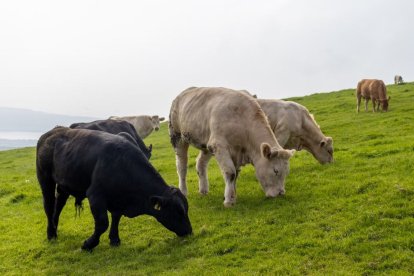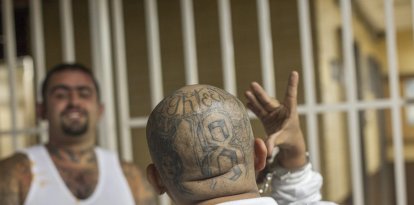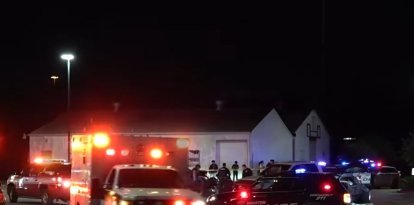Irish farmers revolt at government proposal to cull 200,000 cows to meet climate targets
Farmers threaten to move the production of beef and dairy products outside the country's borders if the executive branch ends up adopting this measure.

(Unsplash)
Although it may sound paradoxical, the field and climate objectives do not go well together. First it was the farmers in the Netherlands who made their views clear to the government about the draconian measures to which it wanted to subject the agricultural sector. Now it is the turn of Ireland's cattle farmers, who have warned Taoiseach Leo Varadkar of the consequences he would face if he were to implement the proposal to cull some 200,000 cows over the next three years.
10% reduction of Irish cows
According to an Environmental Protection Agency report published in 2021, Ireland's agricultural sector is responsible for 38% of the country' s greenhouse gas emissions. To meet environmental objectives, the government has set the target of reducing these emissions by a quarter by 2030. Among the proposals on the table, given the impact on total gas emissions, is a 10% reduction in the number of cows nationwide.
This would result in the removal of some 65,000 cattle per year over the next three years. This is radically opposed by farmers, who have announced demonstrations and warned that many of them would go out of business if they were forced to make the cuts or would transfer beef and dairy production outside the country's borders. The initiative would also cost the national coffers some £170 million (almost US$211 million) annually. The proposal has been described by opposition politicians as "absolute madness," according to The Telegraph.
Climate targets were set "without any consideration"
Although the Irish government was quick to point out that this is just one of many options being considered, and that it would be voluntary, farmers do not trust their leaders. The president of the Irish Farmers' Association, Tim Cullinan, lamented that "the 51% reduction target was set without any consideration for the economic or social consequences of measures to achieve it."
"Reports like this only serve to further fuel the view that the Government is working behind the scenes to undermine our dairy and livestock sectors. While there may well be some farmers who wish to exit the sector, we should all be focussing on providing a pathway for the next generation to get into farming," Cullinan said.
Irish livestock farmers have already cut 19% of their emissions
In addition, the president expressed his doubts that a voluntary reduction would be sufficient to meet government targets, noting that "In our sector the EPA data shows we are already on track to achieve a 19% of our 25% reduction target, even with some of the proposed measures on diversification excluded in the modelled projections. This is being done by farmers on the ground and they deserve great credit for what they are doing."
Nor was Pat McCormack, chairman of the Irish Creamery Suppliers Association, very happy. McCormack stressed that it was "frustrating" that the countryside in particular was being put in the spotlight. "We are the only industry with a significant roadmap and, to be honest, our herd is no larger than it was 25 or 30 years ago. Can the same be said of the transportation industry, can the same be said of the aviation industry?". The president emphasized that if animals were eventually to be culled, "it has to be a voluntary scheme. It is absolutely fundamental."
The precedent of the Netherlands
In the Netherlands, attempts by the Executive to close more than 3,000 farms to meet climate targets led to serious protests and a farmers' political party became the leading force in the Dutch Senate in the last elections.
RECOMMENDATION





















